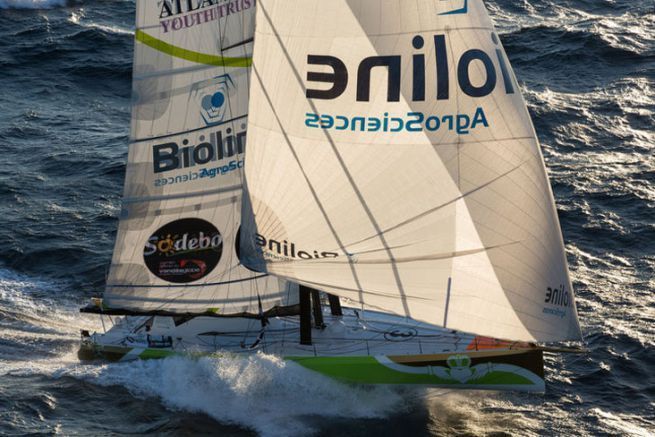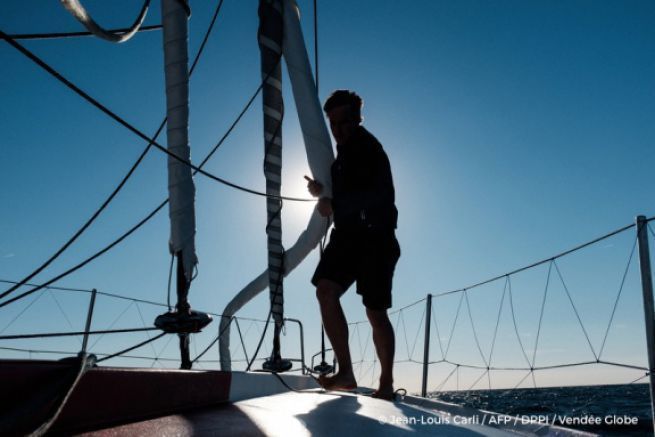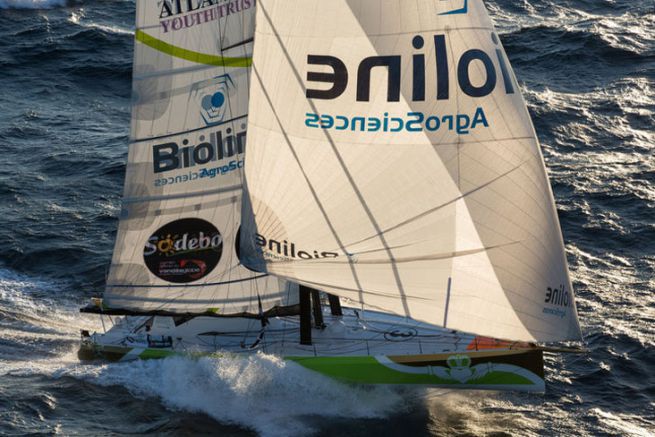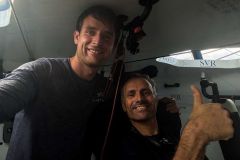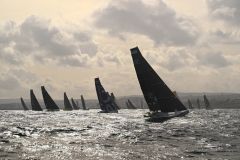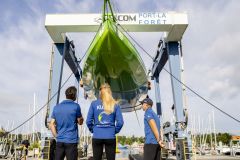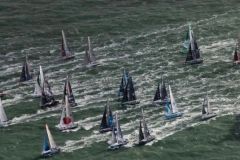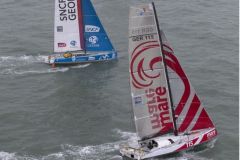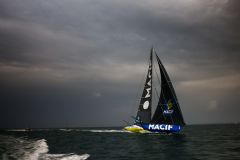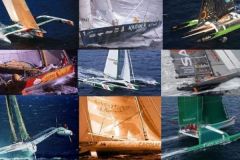The sails on board the Vendée Globe yachts remain the final unknown in the equation for victory. An unknown that will remain secret until the finish! In fact, in the Vendée Globe 2024, skippers are allowed - according to the rules - to have a maximum of 8 sails on board. One of which must be a storm sail. If we consider that the yachts all have a mainsail and 3 jibs, this leaves a choice of 2 additional sails. And this choice can make all the difference at the finish.

A little history. In 2008, Michel Desjoyeaux on Foncia took on board a special jib, "his secret weapon", which he used in the deep south. It's a downwind sail capable of withstanding very strong gales. Made from Cuben Fiber, it was almost indestructible. Michel had used it in the South to avoid deforming his other sails, and so preserve them for the trip up the Atlantic. This choice was also dictated by the need to avoid changing sails too often according to conditions. Fewer maneuvers, less fatigue and less loss of time (the boat slows down during maneuvers).
On the 2012 edition, Michel Desjoyeaux coached François Gabart and advised him to take this same sail. Now familiar on the pontoons, it has taken on the code name MDTK (for Michel Desjoyeaux Trinquette). Initially, Armel Le Cléac'h on Banque Populaire had not opted for a sail of this type. During the southern seas, he had to maneuver more and switch from J2 to J3 regularly, while François Gabart slowly caught up without having to maneuver. François rounded Cape Horn a few minutes ahead of him, and arrived in Les Sables-d'Olonne the winner with a 3-hour lead...
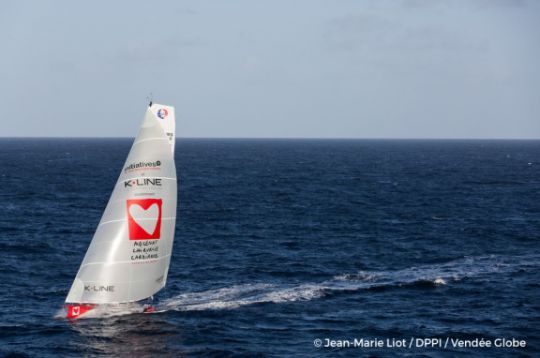
But these very small gaps show that the choice of sails is not all that important. They depend on the skipper's way of sailing. For example, Michel Desjoyeaux has always advocated "bootie sailing". He was the first to protect his cockpit with a large cap, which is now used by all competitors. He prefers to avoid the foredeck as much as possible, hence the choice of this sail, which has a very wide range of use (from medium to strong winds).
The arrival of new foil-equipped boats is also changing the choice of sails to take on board. Faster downwind, these boats create apparent wind, which tightens the wind angle and forces them to sail less downwind. As a result, the spinnaker is used much less, in favor of the gennaker, a flatter sail better suited to tighter points of sail. The spinnaker is no longer used much, except in very light airs. Will some skippers dare not to use a spinnaker in the Vendée Globe? The choice of sail type can be made right up to the last moment before the start, since competitors have to provide a list to the race directors as they leave the dock. Weather conditions at the start, such as light airs, could also influence the choice.
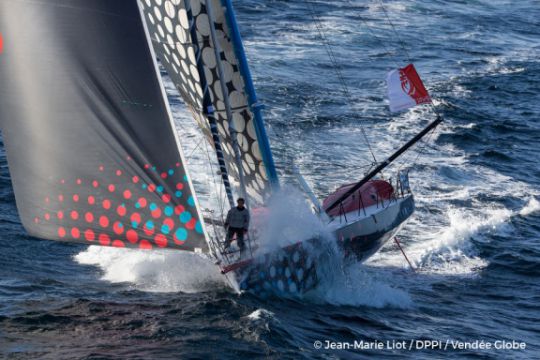
If a set of sails has a maximum of 8, it's highly unlikely that some will take only 7. On the other hand, the choice of which sail to take on board at the start is a choice left to the rich. Indeed, only the big teams can opt for one or the other in the boat's wardrobe. Competitors with tighter budgets, who can't even afford to have a complete new set of sails at the start (count 250,000 euros for a complete set of sails), won't have this choice to make. One problem less!

 /
/ 